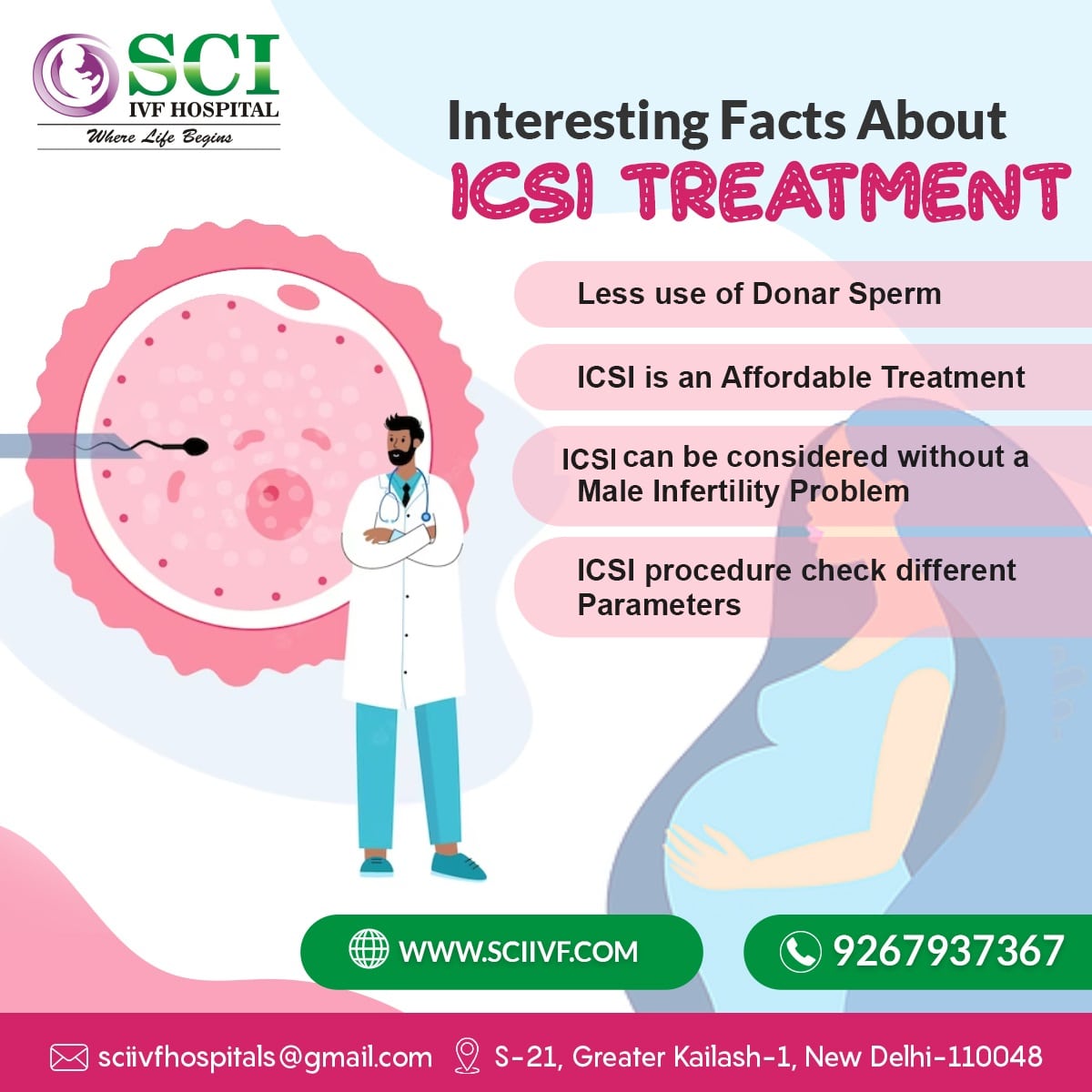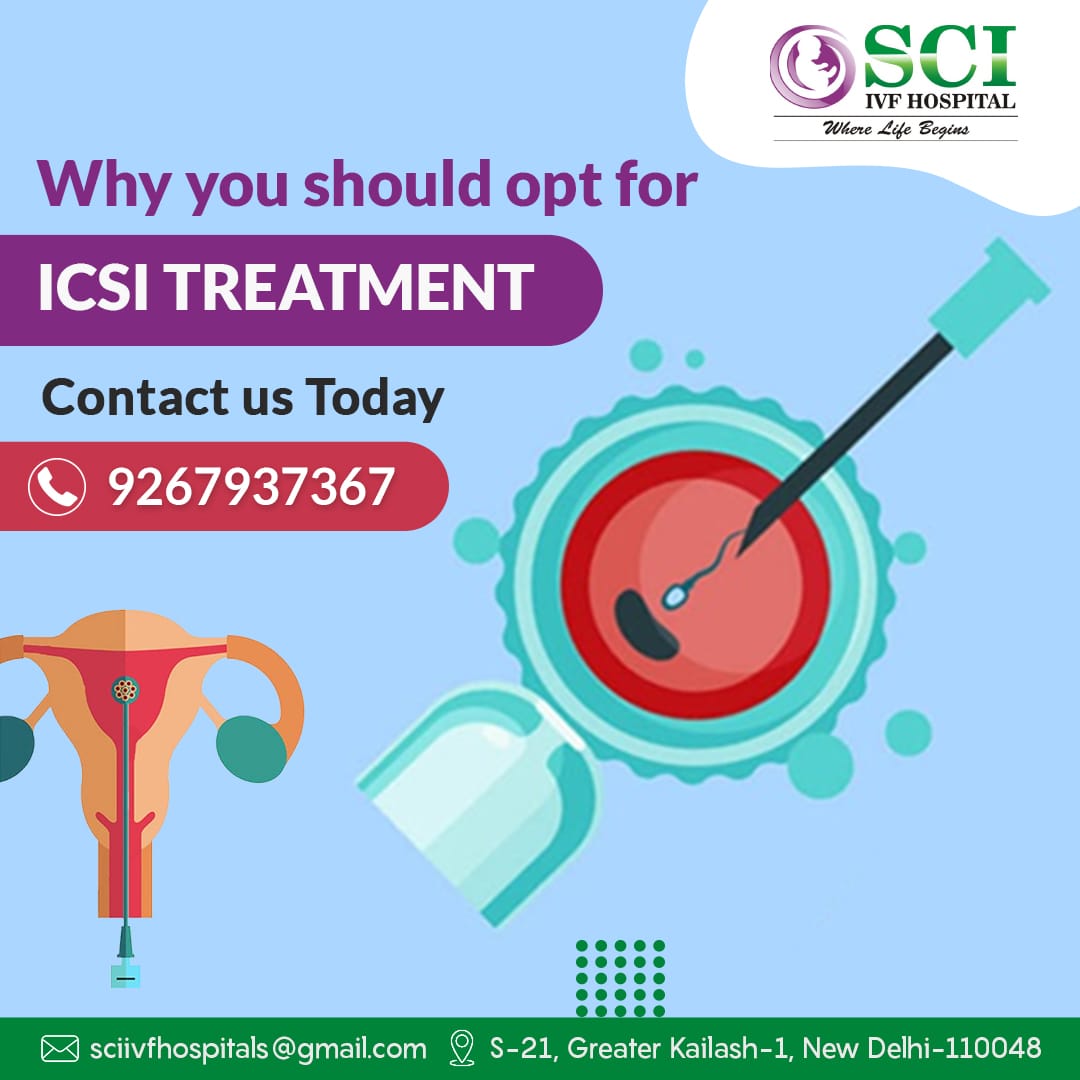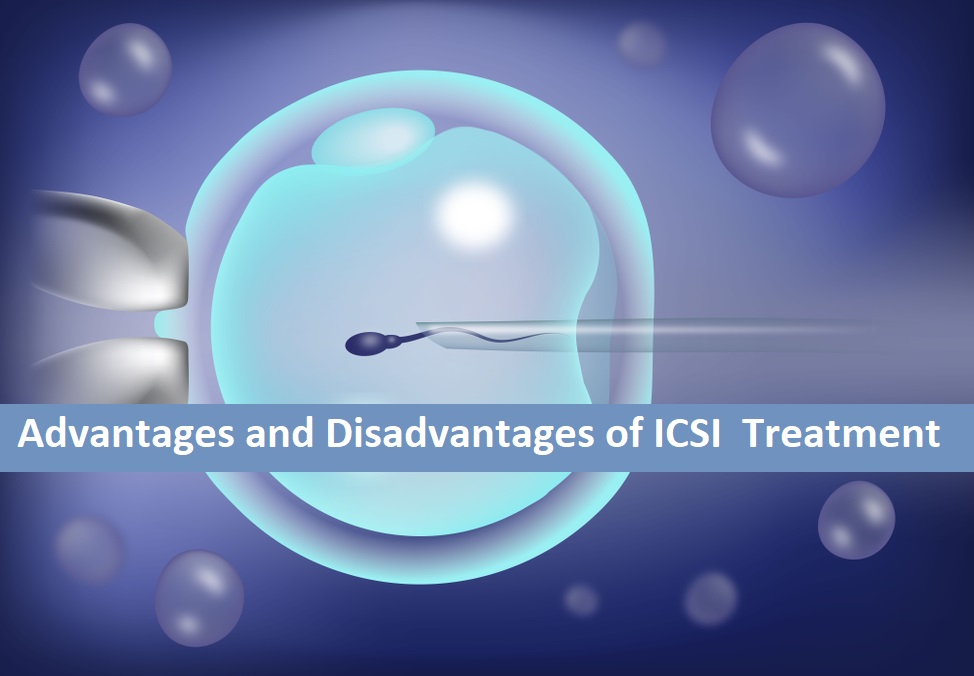In the field of assisted reproductive technology (ART), Intracytoplasmic Sperm Injection (ICSI) has emerged as a groundbreaking procedure that offers hope to couples facing infertility challenges. While many people may be familiar with the basic concept of ICSI, there are several fascinating facts about this innovative treatment that are worth exploring. Let’s delve into some intriguing aspects of ICSI.
- Less Use of Donor Sperm: Traditionally, couples dealing with severe male infertility issues had to rely on donor sperm for fertility treatments like in vitro fertilization (IVF). However, ICSI has revolutionized the landscape of reproductive medicine by significantly reducing the need for donor sperm. By directly injecting a single sperm into the egg, ICSI bypasses the challenges posed by low sperm count or poor sperm quality, allowing couples to experience biological parenthood.
- Affordable Treatment: Fertility treatments can often come with a hefty price tag, making them financially out of reach for many couples. However, ICSI is generally considered to be a more affordable option compared to other advanced ART procedures. While costs can vary depending on factors such as geographical location and individual circumstances, the relative affordability of ICSI has made it a popular choice among couples seeking fertility assistance.
- ICSI Can Be Considered Without Male Infertility Problem: While ICSI was initially developed to address male infertility, it has evolved to serve a broader purpose. Couples who do not have male infertility issues can still opt for ICSI as a means of increasing the chances of successful fertilization and improving the overall success rate of IVF. By selecting the most viable sperm and injecting it directly into the egg, ICSI offers a more targeted and controlled fertilization process, providing couples with added peace of mind during their fertility journey.
- ICSI Procedure Checks Different Parameters: During the ICSI procedure, several critical parameters are carefully evaluated to optimize the chances of successful fertilization. The quality and motility of the sperm are meticulously assessed, ensuring that only the most viable sperm is selected for injection. Additionally, the maturity and quality of the retrieved eggs are thoroughly examined to maximize the likelihood of successful embryo development. This attention to detail in assessing various parameters contributes to the high success rates associated with ICSI.
In conclusion, ICSI has transformed the landscape of fertility treatments by offering effective solutions to couples facing male infertility challenges. With its reduced reliance on donor sperm, affordability, and expanded applications, ICSI has provided newfound hope and possibilities for couples on their path to parenthood. The procedure’s meticulous evaluation of multiple parameters further enhances its success rates. As advancements in reproductive medicine continue, ICSI remains a significant milestone that showcases the remarkable strides made in assisting couples with their fertility aspirations.






